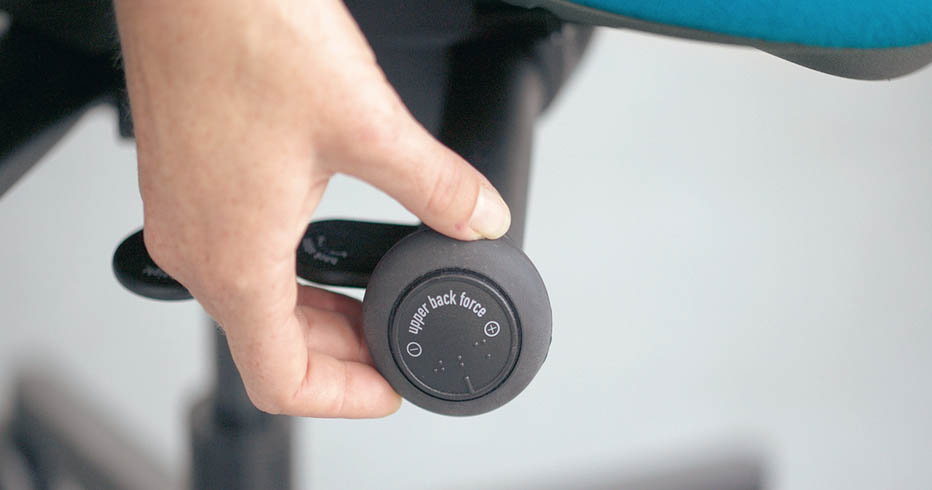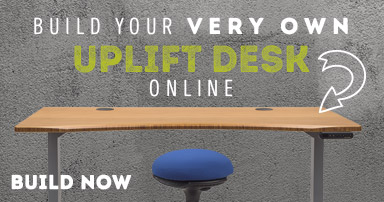A Step-by-Step Guide to Adjusting Your Ergonomic Chair
Posted by Human Solution on Mar 7th 2016

A good ergonomic chair should be one of the cornerstones of your workstation. Once you've selected your chair, it's important to learn how to properly adjust it to best fit your body.
We have customers who come into our showroom in Austin, TX and play musical ergonomic chairs, trying out all the different floor models we have, sitting in each for only a few seconds before deciding it isn’t comfortable. This isn't a good way to approach your shopping. You can’t decide if a chair is or isn’t for you if you aren’t using and adjusting it properly. Here are some steps to follow when using an ergonomic chair, featuring our own Shannon using a Humanscale Freedom Chair with headrest:
Adjust the seat height.
The first step to getting your chair adjusted to your body is getting the seat height correct. Stand in front of your chair and adjust the height of the seat pan to just below your knee caps. Now sit in your chair with your back firmly against the chair back and adjust the seat cylinder to the proper height. You want your feet to be flat on the ground with your knees close to a 90 degree angle.
Adjust the seat pan depth.
I have found this to be one of the most important, yet overlooked, ergonomic chair adjustments. The depth of your seat can make all the difference in comfort. This adjustment slides the seat pan back towards the chair back or away from it. A shorter person will want the seat closer to the chair back and a taller person will want it a little further away. Here’s an ergo pro tip for getting your seat depth right: You should have a gap about the size of your clenched fist between the front edge of the seat cushion and the back of your knee when seated. Lock that position in place.
Adjust the lumbar support.
Adjustable lumbar support is a feature most people seek out when looking for an ergonomic chair. Just as important as the inclusion of the lumbar support is its placement and proper adjustment. The lumbar support should fit right in the natural curve of your spine, typically at the small of your back directly above your belt line. This adjustment is often built into the chair so you can adjust both the height of the chair back and the lumbar support at the same time. In some chairs, it's an independent adjustment.
Adjust the arms.
You’re almost done! Your arms should rest comfortably at your side, so as to relieve strain and pressure from your upper back and shoulders. Armrests are usually height adjustable, but many chairs include armrests that are depth adjustable and have the ability to pivot both in towards your body and away as well. This allows for a more customized fit to your body, since most ergonomic chairs are designed to fit a wide range of body types. Users can slide the arm rests in towards the body to accommodate a more slender frame.
Adjust the headrest.
If your chair has a headrest, make sure it's properly adjusted as well. Headrests help to provide support and comfort to the head and neck while in a reclined position, often keeping your head at a near-constant eye level with your computer monitor. There are many different types of headrests. The Humanscale Freedom Chair pictured above features a height adjustable headrest.
Adjustability is a key component in the design of an ergonomic chair. If you don’t have your chair adjusted to your body, you aren’t maximizing the effectiveness of the chair. Getting your chair adjusted to suit your body will make a world of difference in your comfort and health.
Check out the most popular ergonomic chairs at Human Solution.




